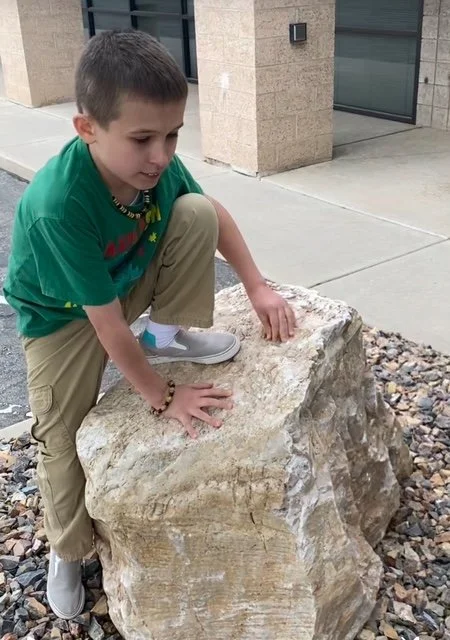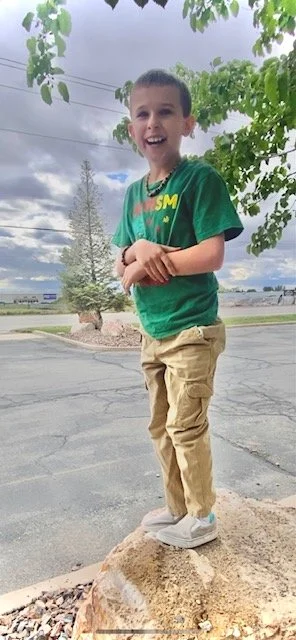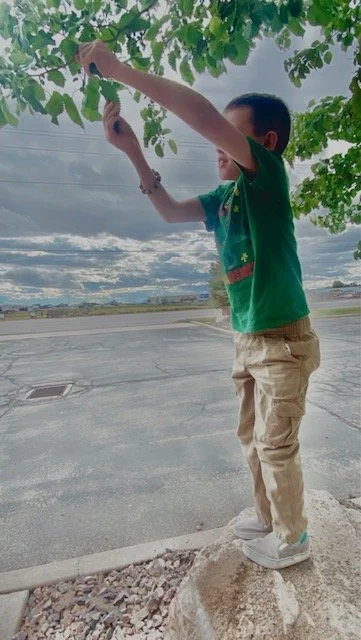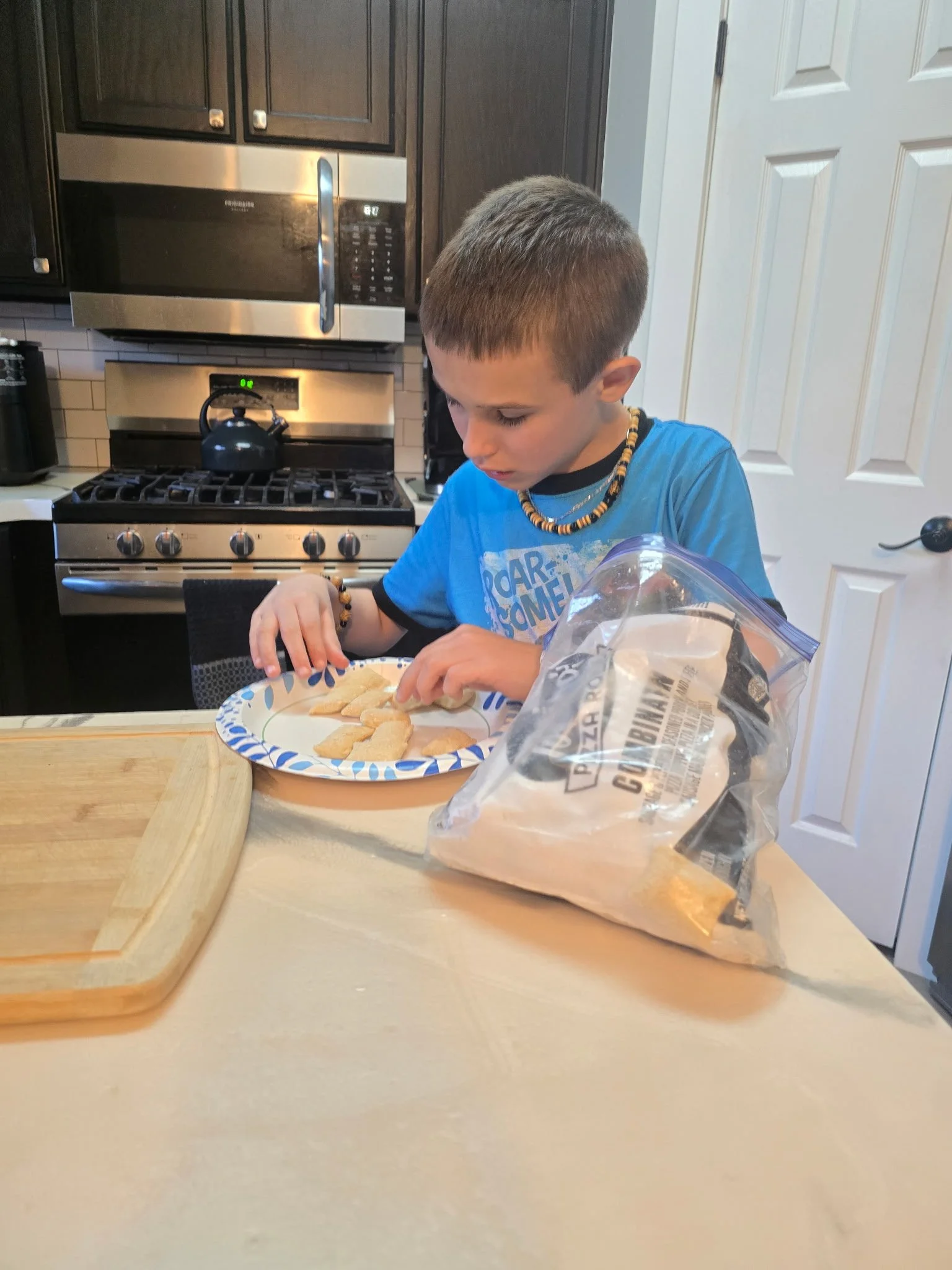Climbing Rocks And Beyond
Rachel Cohen, OTR/L
To Some, it may seem like climbing rocks. But for many kids, it is so much more.
For one amazing 10-year-old with non-verbal autism and apraxia, climbing large rocks outside has been a recent interest and emerging skill during his OT sessions. As his occupational therapist, I joyfully support this new form of play because, first and foremost, it brings him joy. And secondly, it is so much more than just climbing rocks…
It is:
Motor Planning, Coordination, and Brain-Body Connection
Maneuvering his body in various ways while problem solving his next step. Strengthening neural connections between the two sides of the brain via movements that cross midline. Building these underlying skills that support development in other areas, including toileting!
Boosting Confidence And Resilience
A testament to how far he has come, such as overcoming things he used to fear/avoid (I.e. different textures, playing outside due to possible wind, certain movements). Confidence building and motivation to continue to push his boundaries.
Opportunity For Less Apparent Skill Development
A place to challenge himself in new ways, such as looking up while standing on a rock to pull a leaf from the tree, enhancing balance and fine motor skills. Agreeing that he may like to try wearing hiking shoes in the future (currently finds comfort in wearing the same style gray shoes for many years).
An Enriching Social Experience
Trust building as he invites me to help him. Collaboration as we figure out how to stand on a rock at the same time. Using his AAC (augmentative and alternative communication) device to point out the pine needles he sees on a tree. Sharing the joy in his accomplishment with his mom and others.
Sensory Integration
A sensory-rich activity that stimulates multiple senses at once for improved sensory processing and ability to adaptively interact with his environment: proprioception (body awareness), vestibular (movement), tactile (touch), visual (sight), auditory (sound), olfactory (smell), interoception (internal sensations).
Self-Regulation In Action
Managing fear, frustration, and excitement in order to persevere with his goal. Sitting on top of a rock, breathing in deep and smiling as he takes in his surroundings and accomplishment.
Broadening Play With Peers
Carry-over of various physical, social, and regulation skills to join kids on the playground and during recess. This includes riding a balance bike, pedaling a scooter, and going down the BIG slide. As well as using his AAC device to introduce himself to other kids at a playground!
Fostering Independence
Further realizing his capacity to grow and learn to do new things on his own. Playing and exploring more independently, such as climbing different rocks at a park where his older brother was having graduation photos taken. Suddenly getting up early to make his own pizza rolls. Attempting to sip from an open cup. Asking to sit on the toilet for the first time!
An Avenue For Continued Growth
A positive foundation to explore new areas of interest and discover activities that bring joy, which in turn foster new skills. A potential interest that he can continue to reach new peaks with throughout his life… rock climbing!.. if he so chooses :).
In Conclusion
Climbing rocks, rocks! Children climbing rocks (and other forms of play) are learning and practicing skills for all areas of life. During occupational therapy, often the best thing we can do is to recognize the benefits of each play activity and figure out how to better support and help each child grow through that.








